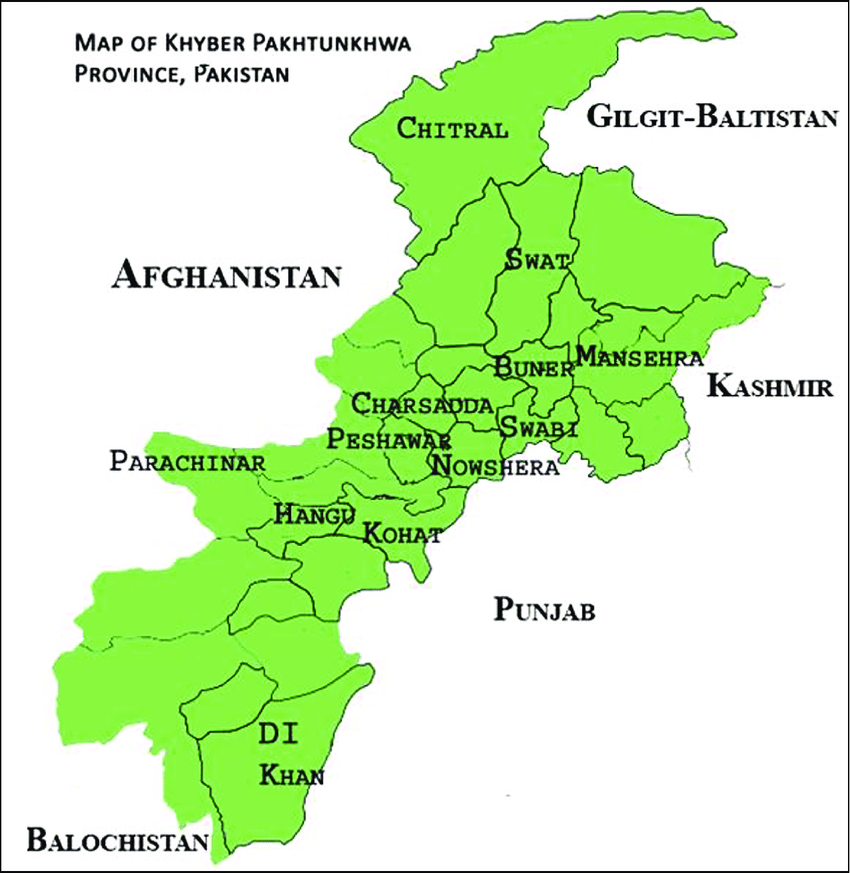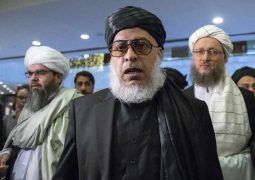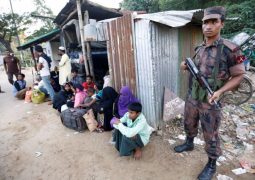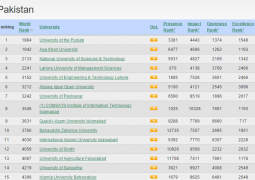Pakistan’s newly merged province Khyber-Pashtunkhwa

DEVELOPMENT AND PEACE IN MERGED DISTRICTS OF KP
Raza Lkan
In the last couple of years, there have been announcements and claims from governmental authorities at the highest levels that peace has been fully restored to the long-restive newly merged districts (NMDs) of Khyber Pakhtunkhwa, formerly known as Federally Administered Tribal Areas (FATA). Indications are also there that the official contention has substance.
But one must keep the fact in view that the situation in the region comprising the NMDs has historically been so unpredictable that terms like “peace” and “development” etc should be very cautiously used. Then the nature of the conflict in the tribal areas, straddling along Pakistan’s western borders, has been so complex that one cannot say with certainty about peace and its sustainability. At the moment, we can say that peace may not have been completely restored but generally order has been maintained. Even this is no mean achievement by any yardstick. However, the most important question at the moment is to have lasting and sustainable peace in the region. Because, critically-needed development in the tribal region is dependent upon sustainable peace there and is the only guarantee to continuous peace there.
The tribal region of KP has faced continuous violence and conflict during the last two decades. This has mainly been political, legal administrative and governance vacuum in the tribal region which had given birth to the multidimensional conflict and crisis there. The vacuum, in turn, was the upshot of the indeterminate status of the FATA, now made part of KP. For instance, the Constitution of Pakistan of 1973 had recognized the FATA as an integral part of the country, but at the same time the law of the land was inapplicable to the region. Instead, the British Colonial period legal framework, Frontier Crimes Regulations (FCR), was adapted to continue to regulate the affairs of the tribal areas. Successive governments and regimes paid little attention to address the legal and administrative inconsistency. It was in the dying days of the Pakistan Muslim League-Nawaz government that the 25th Constitutional Amendment was passed unanimously by the country’s parliament on May 30, 2018, to make the former FATA part of KP. The merger was made in a hurry and after the merger there has been no great improvement in the law and order situation in the tribal region while the process of development there leaves a lot to be desired. This proves the fact that the merger was not the only solution and there has always been a need for a comprehensive strategy to develop the hitherto extremely underdeveloped tribal region.
On September 18, Prime Minister Imran Khan, while inaugurating the round-the-clock opening of the Torkham border point on the Pakistan-Afghanistan border in the tribal district of Khyber, told the media that his government was spending Rs150 billion for the development of the merged districts. While these development funds may be in the pipeline and some may have been spent but one does not see any real progress taking place in the tribal region. This is because of the fact that there is no comprehensive strategy for the development process in the region in place, claims by government officials notwithstanding. If someone is expecting from the KP government with a docile Chief Minister like Mahmud Khan to be instrumental in the development of FATA, then one is living in a fool’s paradise. During his more than one year of rule, CM Mahumd could not complete the last PTI government’s only mega project in the provincial capital, Peshawar, of the Bus Rapid Transit. So expecting him to carry out all-out development in the tribal region is to cry for the moon.

In order to come up with a comprehensive strategy for the development of the tribal region and restoring of sustainable peace there, one must look into history and key reasons of crisis and conflict in the region. The policies of our successive governments and military regimes have been responsible for the mess there. Former Pakistani strategists’ lack of farsightedness regarding the tribal areas could be gauged from the fact that they assumed that by leaving the region to itself to regulate its affairs and the issues arising out of the region would have no impact on the country. These strategists were fundamentally wrong and the events and incidents in the last two decades have proved it beyond an iota of doubt. The militancy and terrorism emanating from former FATA has had left the entire country insecure and resulted in the a big death toll in the country’s war against terror, the highest death count in all wars Pakistan have fought. Consequently, the Pakistan military had to launch large-scale military operations in the tribal areas.
The British colonial rulers wanted the FATA to serve as a buffer region between mainland India and Afghanistan and beyond Czarist Russia and later Soviet Russia. Therefore, it did not institutionalize the region and tried to change the tribal character of the inhabitants of the people through civilized structures of governance. Unfortunately, successive Pakistani governments adopted the same policy and attitude towards the tribal areas. The attitude needs to be changed and the historical wrongs which our strategists and policy formulators committed with reference to the tribal areas needs to be rectified. If we fail this time, we cannot be prevented from a disaster of gargantuan proportions, which would make the entire country once against completely insecure.
Our strategists must understand that the issues of the merged region are not isolated problems as they have had large-scale negative consequences for the entire country. Where it has been terrorism, gun-running or smuggling of drugs or patronization of crimes and criminals and later militancy, the tribal regions have had an immense negative impact on the security of entire Pakistan.
The only strategy that has been employed in the tribal region is to merge it with KP. While the merger was not desirable by any yardstick, as it could not address the issues, conflict and crisis in the tribal region, it is now a fact. One does not have an iota of doubt that the merger was done in a haste just to transfer responsibility and to give an aura of change but this change has been cosmetic. Whether the former FATA was merged or not with KP, it was very much part of the province, as its residents have always been dependent on the province. However, this dependence on KP did not develop FATA, so how come it could develop it now. Therefore, the government must understand the issues and though the merged districts are part of KP, yet a totally different development strategy must be devised for the region keeping in view the ground realties. The strategy must be based on developing the infrastructure from the very scratch and for this international experts must be hired as the process of development could not be left to the locals to spearhead. Local knowledge is important but international development expertise is critical for uplifting such an extensively underdeveloped region. If development is not carried out in the tribal region quickly and comprehensively, it would be a disaster for the country.
- Previous Sumatec’s Kazakhstan oil field project is terminated
- Next The Real Costs of the War in Afghanistan









